Welke kunststoffen kunnen worden gebruikt voor draadisolatie en kabelomhulling?
Door Tina / 2024年10月24日
Welke kunststoffen kunnen worden gebruikt voor draadisolatie en kabelomhulling?
Draadisolatie en kabelomhulling zijn essentieel in elektrische toepassingen, wat betekent dat de materialen die ervoor worden gebruikt cruciaal zijn voor de veiligheid, prestaties en duurzaamheid van kabels. Dus, welke kunststoffen kunnen worden gebruikt als isolatie- en mantelmateriaal voor draden en kabels?
Inzicht in draadisolatie en kabelomhulling
Definitie van draadisolatie
Om draadisolatie goed te kunnen gebruiken, moeten we weten wat het is. Draadisolatie is een laag niet-geleidend materiaal dat een geleider omgeeft. Het voorkomt effectief lekkage en beschermt de geleider tegen externe omgevingsfactoren, waardoor ongelukken zoals lekkage, kortsluiting en elektrische schokken door contact tussen de interne geleider en de buitenwereld worden voorkomen.
Definitie van kabelomhulling
Kabelommanteling is een beschermende laag die om meerdere geïsoleerde draden of kabels zit. Ze worden gebruikt om interne draden te beschermen tegen externe omgevingsschade, zoals fysieke schade, vocht, chemicaliën en UV-straling. Draadisolatie richt zich voornamelijk op individuele draden, terwijl kabelomhulsels meerdere draden of kabels kunnen beschermen.
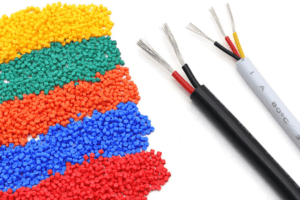
Welke materialen worden gebruikt voor draadisolatie?
Polyvinylchloride (PVC)
PVC heeft uitstekende elektrische eigenschappen, een goede flexibiliteit en kan gebruikt worden in vochtige omgevingen, waardoor het een van de meest gebruikte materialen is voor draadisolatie. De prijs van PVC is zeer gunstig, wat ook een belangrijke reden is voor het wijdverspreide gebruik ervan.
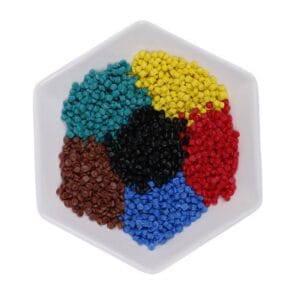
Vernet polyethyleen (XLPE)
XLPE zelf is geen kunststof, maar het PE-rubbermengsel wordt na extrusie bestraald om de chemische moleculen te verknopen, waardoor het na veroudering temperatuurbestendiger wordt.
XLPE heeft een extreem hoge hittebestendigheid. Het is bestand tegen hogere temperaturen. Kabels geïsoleerd met XLPE kunnen lange tijd werken in een omgeving van 90°C. Nog bekender is dat het bestand is tegen kortstondige kortsluittemperaturen van 170-250°C.
Polyethyleen (PE)
Polyethyleen wordt voornamelijk onderverdeeld in drie categorieën: lineair polyethyleen met lage dichtheid (LLDPE), polyethyleen met lage dichtheid (LDPE) en polyethyleen met hoge dichtheid (HDPE). HDPE is zeer sterk en slagvast, terwijl LDPE flexibeler en gemakkelijker te verwerken is. Beide worden vaak gebruikt voor draadisolatie.
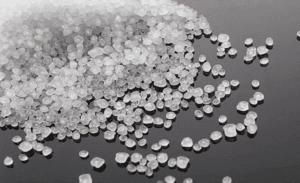
Thermoplastisch elastomeer (TPE)
Thermoplastisch elastomeer, ook bekend als kunstrubber of synthetisch rubber, kan net als kunststof worden verwerkt door spuitgieten, maar is net zo zacht als rubber. Het combineert de voordelen van rubber en kunststof en heeft een uitstekende flexibiliteit en duurzaamheid.
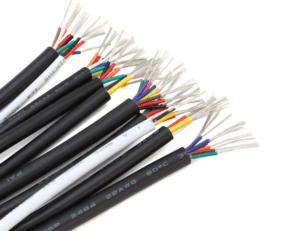
Siliconenrubber
Siliconenrubber heeft uitstekende prestaties en kan worden gebruikt in extreem koude of hete omgevingen. Het biedt uitstekende isolatie als kabelisolatiemateriaal. Het wordt vaak gebruikt in veeleisende omgevingen in de ruimtevaart en hoogspanningsomgevingen.
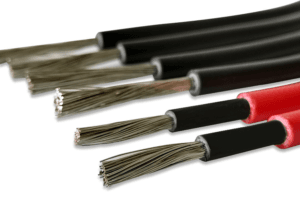
Teflon (PTFE)
Teflon kan continu worden gebruikt in een omgeving van 260°C, met een maximale bedrijfstemperatuur van 290-300°C. Tot nu toe kunnen bijna geen vaste stoffen zich permanent hechten aan Teflon. Het plakt niet, is bestand tegen hoge temperaturen en heeft een goede chemische stabiliteit.
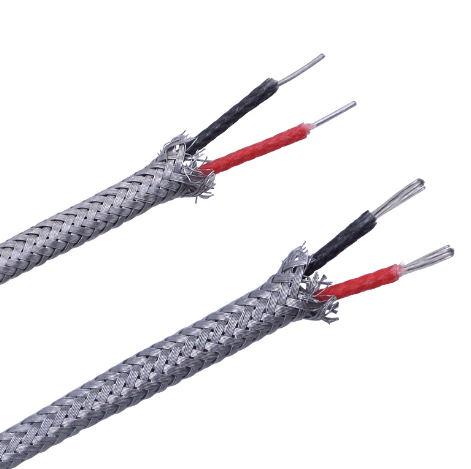
Glasvezel
Glasvezel heeft veel voordelen, zoals een sterke hittebestendigheid, goede isolatie en corrosiebestendigheid, en een hoge mechanische sterkte. Het wordt vaak gebruikt in toepassingen bij hoge temperaturen.
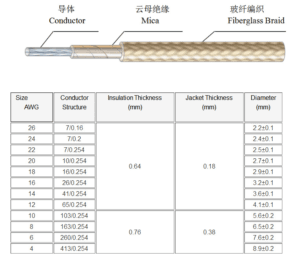
Welke materialen worden gebruikt voor kabelomhulsels.
Polyvinylchloride (PVC)
PVC kan niet alleen worden gebruikt voor draadisolatie, maar ook voor kabelomhulling.
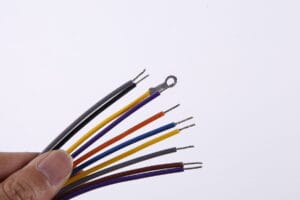
Rookarm halogeenvrij (LSZH)
Bij brand zal het verbranden van een groot aantal kabels in een beperkte ruimte veel zwarte rook produceren, waardoor het moeilijker wordt om te ontsnappen. Low Smoke Zero Halogen (LSZH) kabels geven minimale rook en geen halogenen af wanneer ze worden blootgesteld aan vuur, waardoor ze veiliger zijn bij brand en geschikt zijn voor gebruik in kleine ruimtes zoals openbaar vervoer en gebouwen.
Verkorte vormen zijn LSZH, LSOH, LS0H, LSFH en OHLH.
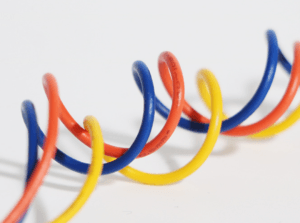
Polyurethaan (PU)
Polyurethaan heeft de flexibiliteit van rubber en is slijtvaster, waardoor het geschikt is voor omgevingen die gevoelig zijn voor mechanische slijtage.
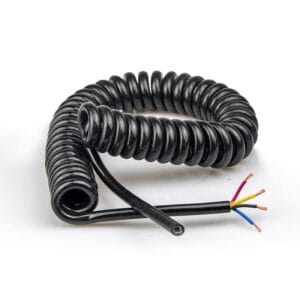
Rubber
Rubbermaterialen zijn erg flexibel en worden vaak gebruikt in kabelomhulsels. Ze worden vaak gebruikt in buitentoepassingen.
![]()
Thermoplastisch elastomeer (TPE)
TPE kan worden gebruikt voor zowel draadisolatie als kabelomhulling en biedt een uitgebreide service van flexibiliteit en duurzaamheid voor vele toepassingen.
Samengevat hangen de veiligheid en de prestatiekwaliteit van elektrische toepassingen grotendeels af van de kunststofmaterialen die worden gebruikt voor draadisolatie en kabelomhulling. Als we de eigenschappen van verschillende materialen begrijpen, kunnen we snel de juiste keuzes maken op basis van onze specifieke behoeften.